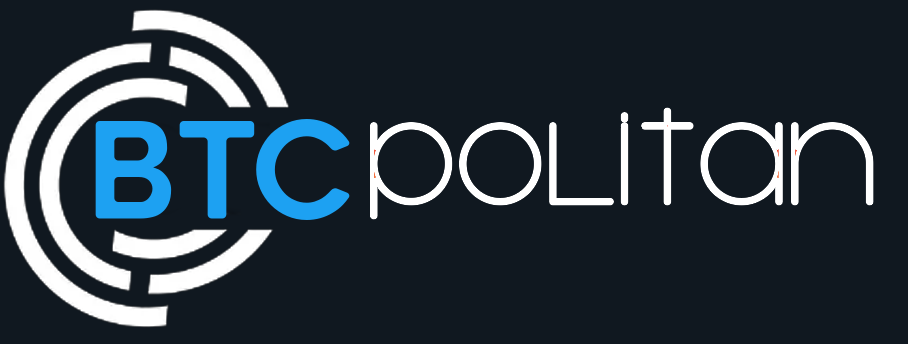Italy is poised to enhance its surveillance of the cryptocurrency markets to align with the European Union’s Markets in Crypto-Assets (MiCA) regulatory framework.
The new regulations will see Italy intensify its oversight of digital asset markets to deter and penalize insider trading and market manipulation activities.
The decree outlines fines ranging from 5,000 to 5 million euros ($5,400–$5.4 million), based on the severity and extent of the regulatory breaches.
First enacted in 2022, the EU’s MiCA regulatory framework is compelling blockchain companies to make challenging decisions, while decentralized finance (DeFi) protocols face the tough choice of either fully decentralizing their networks or adhering to the framework’s Anti-Money Laundering (AML) and Know Your Customer (KYC) regulations.
Fully decentralized networks are exempt from MiCA’s reporting requirements. However, the involvement of foundations and intermediaries that help manage decentralized communities puts these protocols at risk of violating MiCA’s criteria for a sufficiently decentralized network.
This forces DeFi protocols to either fully decentralize or adopt a model where users must provide verification data — a challenging proposition for many network members.
Stablecoin Evolution: Navigating MiCA Regulations In The Crypto World
Binance, a centralized exchange, recently notified its European customers about its transition to a model that categorizes stablecoins as either authorized or unauthorized, in accordance with the MiCA framework, and gradually shifting users to the new system.
Richard Teng, CEO of Binance, clarified that the exchange is not delisting these stablecoins from spot markets but is limiting their availability to European users for certain products.
Similarly, Uphold has made changes to comply with the EU’s regulatory updates, announcing the delisting of six stablecoins, including Tether ($1.00), Frax Protocol (FRAX), Pax Dollar (USDP), Dai ($1.00), TrueUSD (TUSD), and Gemini Dollar (GUSD).
Despite the increasing regulatory pressure in Europe, many experts remain optimistic about the future of stablecoins, suggesting they could potentially mitigate debt crises caused by overprinted fiat currencies. Former U.S. House Speaker Paul Ryan argued that stablecoins could help address the U.S. economy’s shortcomings due to the debt-heavy U.S. dollar.
Jeremy Allaire, CEO of stablecoin issuer Circle, also expressed confidence in the future of stablecoins, predicting they will account for 10% of the money supply in the next decade.
Related Reading | Shiba Inu Journey: 50+ Businesses Now Accept The Crypto Once Known As A Meme Coin
Furthermore, the author’s views are for reference only and shall not constitute investment advice. Before purchasing, please ensure you fully understand and assess the products and associated risks.




Comments (No)